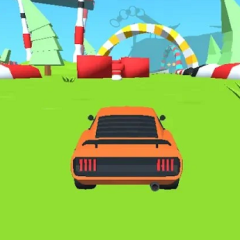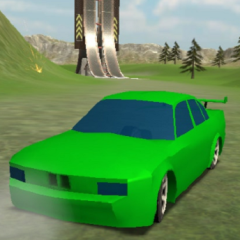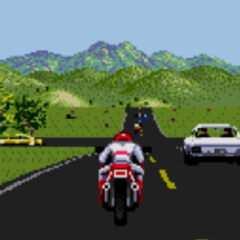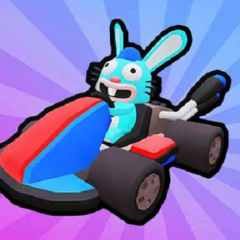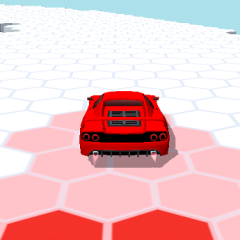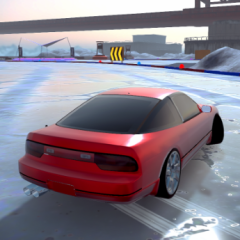Wheelie Bike is a physics-based side-scrolling game that challenges players to perform and maintain a perfect wheelie for as long as possible. The gameplay is simple in concept—tap or hold a button to raise the front wheel and keep the balance as the bike moves forward—but difficult to master. The challenge lies in keeping the bike from tipping too far back or slamming the front wheel down too early. A small adjustment can mean the difference between setting a high score and instantly crashing.
Skill Curve and Environmental Factors
As the player progresses, the game introduces subtle variations in terrain, slope, and speed that increase the difficulty. Even a small incline can throw off balance, forcing players to constantly adapt their timing and control. The physics system is sensitive and rewards careful input, making each run feel like a personal test of reflex and patience. There are no enemies, time limits, or complex systems—just the player, the bike, and the road ahead. This minimalism focuses attention entirely on skill.
Customization and Replay Incentives
Wheelie Bike offers cosmetic customization options like bike colors, character outfits, and backgrounds that can be unlocked through progress or achievements. These don’t affect gameplay but add a layer of personalization to each run. Players are encouraged to beat their personal bests or compete on leaderboards for longer wheelie distances. The replay loop is quick: one crash, one button, and you’re back on the road again. This creates a fast-paced, retry-friendly rhythm that fits both short and extended sessions.
Visual Style and Design Simplicity
The game uses clean, flat design with bold outlines and bright colors. The bike and rider animations are smooth, with exaggerated movements that help players read balance changes clearly. Backgrounds shift as you ride, offering subtle variety without distraction. Sound effects are minimal but responsive, giving feedback when the bike hits the ground or reaches a new record. Wheelie Bike builds its appeal not through complexity, but through its pure focus on timing, balance, and the satisfaction of improving run by run.

